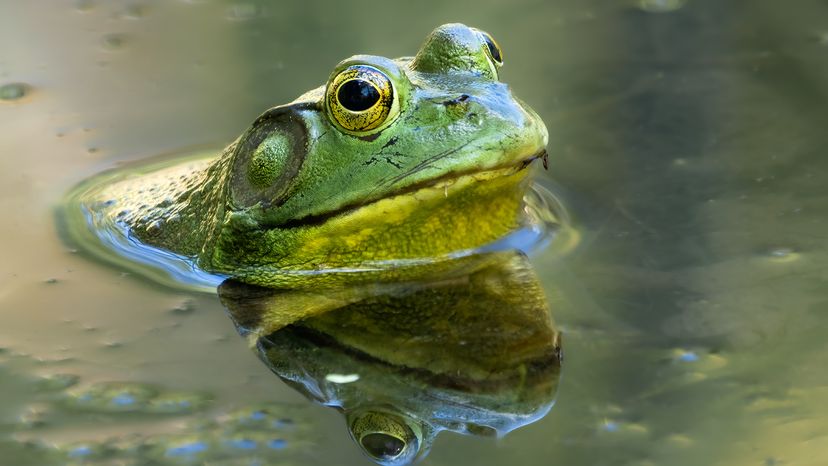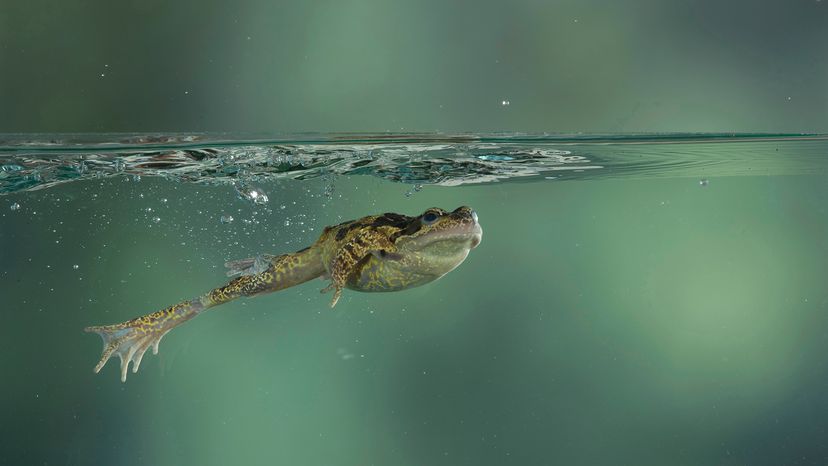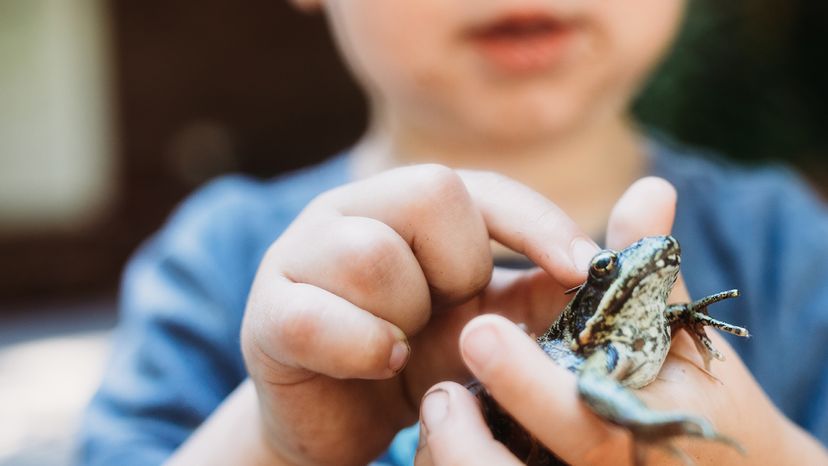
You can find these amphibians are found all over the world, from tropical rainforests to backyard ponds. But what do frogs eat?
That’s a fantastic question because their diet depends on their species, habitat and even their life stage. Whether they live in water or on land, frogs have some of the most unique eating habits in the animal kingdom.
Advertisement
So, what do frogs eat in the wild versus in captivity? And how do their diets change as they grow? If you’ve ever seen a frog dart its long tongue at lightning speed, you know they have some serious hunting skills. Let’s hop right in and explore what makes frogs such efficient predators.

